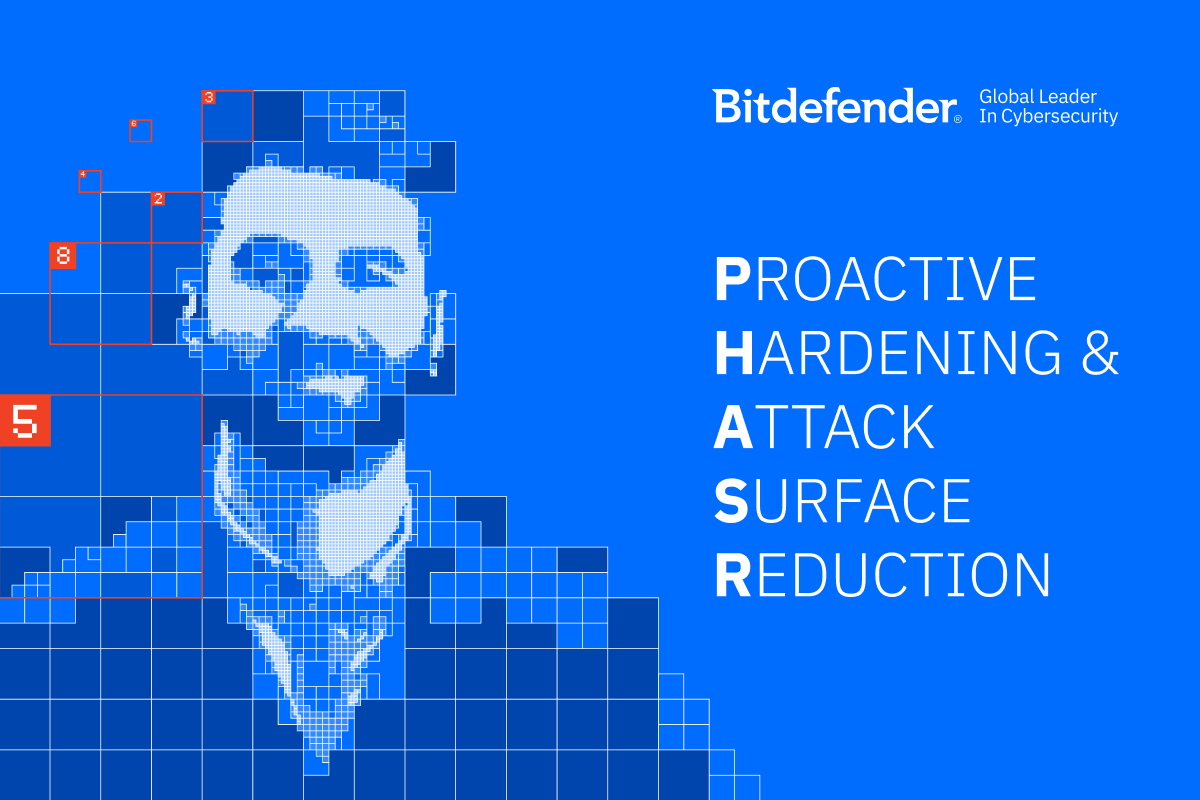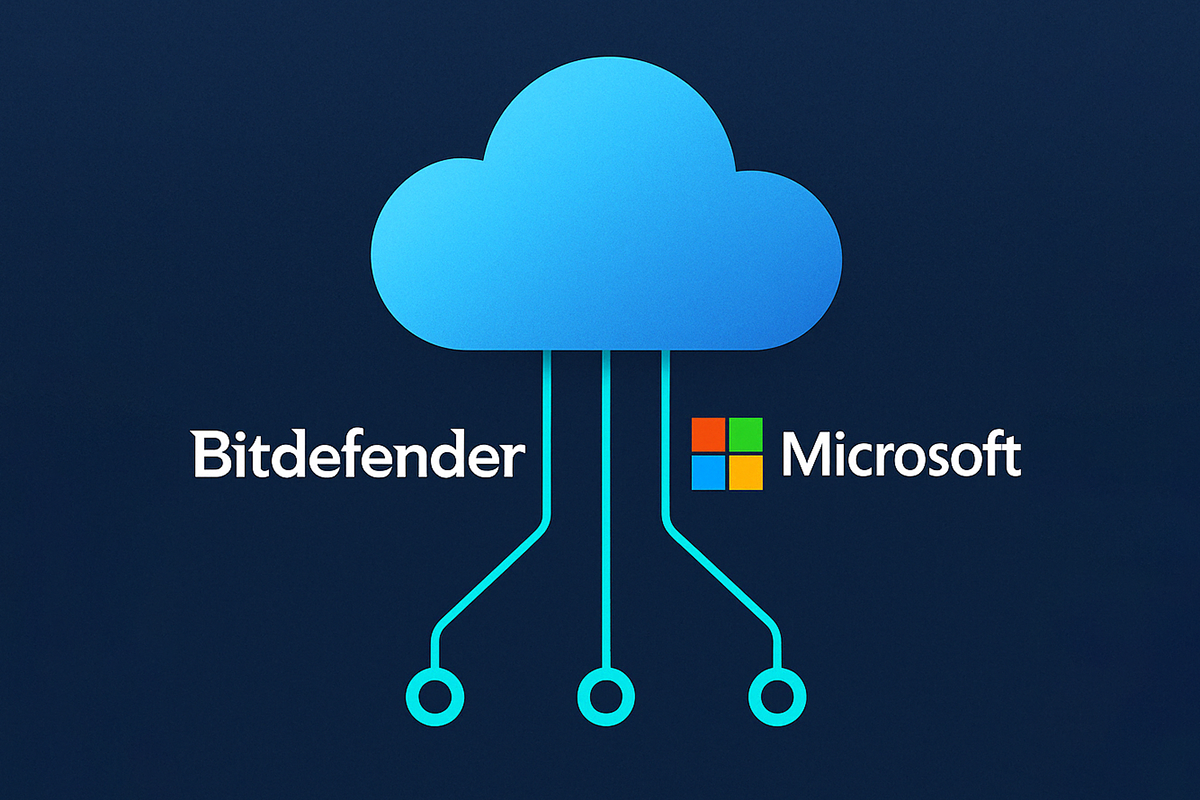Companies Urged to Adopt Newest Technologies to Fight Advanced Threats, Gartner Says

As the threat landscape evolves, security vendors try to launch breakthrough technologies to help companies protect their data and their customers from sophisticated attacks that inflict significant losses of both money and reputation.
You may have read that Bitdefender has developed in the past five years a new security solution designed to counteract the increase in targeted attacks and strongly obfuscated bots, with a short lifespan and frequent updates, by launching a breakthrough technology that helps companies identify attack techniques. The Hypervisor Introspection (HVI) technology can identify, report and prevent common exploitation techniques. The kernel is protected against rootkit hooking techniques used for stealth during the attack kill chain. User-mode processes are also protected against code injection, function detouring, and code execution from the stack or heap.
Gartner stated in its “Host-Based Controls for Server Workloads Ready for Hybrid IT” report published in April 2016, cited by Business Insights:
“Platform, hypervisor and OS integrity checks are excellent controls for systems over which you have lost end-to-end control, such as in colocated systems. Additionally, this control can, to some extent, defend against certain high-impact malware. Furthermore, it is currently the only safeguard that can verify the integrity of a (formerly) trusted hypervisor. Thus, this control is most feasible for application architectures where the integrity of the hypervisor or of the hardware is of any concern (e.g., high-risk applications in colocated systems or, where supported, public clouds).”
"Information security teams and infrastructure must adapt to support emerging digital business requirements, and simultaneously deal with the increasingly advanced threat environment," said Neil MacDonald, vice president and Gartner Fellow Emeritus. "Security and risk leaders need to fully engage with the latest technology trends if they are to define, achieve and maintain effective security and risk management programs that simultaneously enable digital business opportunities and manage risk."
Here are Gartner’s top 10 technologies for information security, presented at Gartner Security & Risk Management Summit 2016:
Cloud Access Security Brokers
Cloud access security brokers (CASBs) give information security professionals a critical control point for the secure and compliant use of cloud services across multiple cloud providers. Many software as a service (SaaS) apps have limited visibility and control options; however, SaaS adoption is becoming pervasive in enterprises, exacerbating the frustration of security teams looking for visibility and control. CASB solutions fill many of the gaps in individual cloud services, and allow chief information security officers (CISOs) to do it simultaneously across a growing set of cloud services, including infrastructure as a service (IaaS) and platform as a service (PaaS) providers. As such, CASBs address a critical CISO requirement to set policy, monitor behavior and manage risk across the entire set of enterprise cloud services being consumed. Security is among the top qualities expected from a direct connection with a cloud provider, according to Business Insights.
Endpoint Detection and Response
The market for endpoint detection and response (EDR) solutions is expanding quickly in response to the need for more effective endpoint protection and the emerging imperative to detect potential breaches and react faster. EDR tools typically record numerous endpoint and network events, and store this information either locally on the endpoint or in a centralized database. Databases of known indicators of compromise (IOC), behavior analytics and machine-learning techniques are then used to continuously search the data to identify breaches (including insider threats) early, and rapidly respond.
Nonsignature Approaches for Endpoint Prevention
Purely signature-based approaches for malware prevention are ineffective against advanced and targeted attacks. Multiple techniques are emerging that augment traditional signature-based approaches, including memory protection and exploit prevention that block the paths malware commonly takes to get onto systems, and machine learning-based malware prevention using mathematical models as an alternative to signatures to identify and block malware.
User and Entity Behavioral Analytics
User and entity behavioral analytics (UEBA) enables broad-scope security analytics, much like security information and event management (SIEM) enables broad-scope security monitoring. UEBA provides user-centric analytics around user behavior, but also around other entities such as endpoints, networks and applications. The correlation of the analyses across various entities makes the analytics' results more accurate and threat detection more effective.
Microsegmentation and Flow Visibility
Once attackers have gained a foothold in enterprise systems, they typically can move unimpeded laterally (east/west) to other systems. To address this, there is an emerging requirement for "microsegmentation" (more granular segmentation) of east/west traffic in enterprise networks. In addition, several of the solutions provide visibility and monitoring of the communication flows. Visualization tools enable operations and security administrators to understand flow patterns, set segmentation policies and monitor for deviations. Finally, several vendors offer optional encryption of network traffic (typically, point-to-point IPsec tunnels) between workloads to protect data in motion, and provide cryptographic isolation between workloads.
Security Testing for DevOps (DevSecOps)
Security needs to become an integral part of DevOps style workflows — DevSecOps. DevSecOps operating models are emerging that use scripts, "recipes," blueprints and templates to drive the underlying configuration of security infrastructure — including security policies such as application testing during development or network connectivity at runtime. In addition, several solutions perform automatic security scanning for vulnerabilities during development, looking for known vulnerabilities before the system is released into production. Whether security is driven from models, blueprints, templates or toolchains, the concept and the desired outcome are the same — an automated, transparent and compliant configuration of the underlying security infrastructure based on policy reflecting the currently deployed state of the workloads.
Intelligence-Driven Security Operations Center Orchestration Solutions
An intelligence-driven security operations center (SOC) goes beyond preventative technologies and the perimeter, and events-based monitoring. An intelligence-driven SOC has to be built for intelligence, and used to inform every aspect of security operations. To meet the challenges of the new "detection and response" paradigm, an intelligence-driven SOC also needs to move beyond traditional defenses, with an adaptive architecture and context-aware components. To support these required changes in information security programs, the traditional SOC must evolve to become the intelligence-driven SOC (ISOC) with automation and orchestration of SOC processes as a key enabler.
Remote Browser
Most attacks start by targeting end-users with malware delivered via email, URLs or malicious websites. An emerging approach to address this risk is to remotely present the browser session from a "browser server" (typically Linux based) running on-premises or delivered as a cloud-based service. By isolating the browsing function from the rest of the endpoint and corporate network, malware is kept off of the end-user's system and the enterprise significantly reduces the surface area for attack by shifting the risk of attack to the server sessions, which can be reset to a known good state on every new browsing session, tab opened or URL accessed.
Deception
Deception technologies are defined by the use of deceit and/or tricks designed to thwart, or throw off, an attacker's cognitive processes, disrupt an attacker's automation tools, delay an attacker's activities or disrupt breach progression. For example, deception capabilities create fake vulnerabilities, systems, shares and cookies. An attack on these fake resource is a strong indicator that an attack is in progress, as a legitimate user should not see or try to access these resources. Deception technologies are emerging for network, application, endpoint and data, with the best systems combing multiple techniques. By 2018, Gartner predicts that 10 percent of enterprises will use deception tools and tactics, and actively participate in deception operations against attackers.
Pervasive Trust Services
As enterprise security departments are asked to extend their protection capabilities to operational technology and the Internet of Things, new security models must emerge to provision and manage trust at scale. Trust services are designed to scale and support the needs of billions of devices, many with limited processing capability. Enterprises looking for larger-scale, distributed trust or consensus-based services should focus on trust services that include secure provisioning, data integrity, confidentiality, device identity and authentication. Some leading-edge approaches use distributed trust and blockchain-like architectures to manage distributed trust and data integrity at a large scale.
tags
Author

Former business journalist, Razvan is passionate about supporting SMEs into building communities and exchanging knowledge on entrepreneurship. He enjoys having innovative approaches on hot topics and thinks that the massive amount of information that attacks us on a daily basis via TV and internet makes us less informed than we even think. The lack of relevance is the main issue in nowadays environment so he plans to emphasize real news on Bitdefender blogs.
View all postsRight now Top posts
FOLLOW US ON SOCIAL MEDIA
SUBSCRIBE TO OUR NEWSLETTER
Don’t miss out on exclusive content and exciting announcements!
You might also like
Bookmarks











